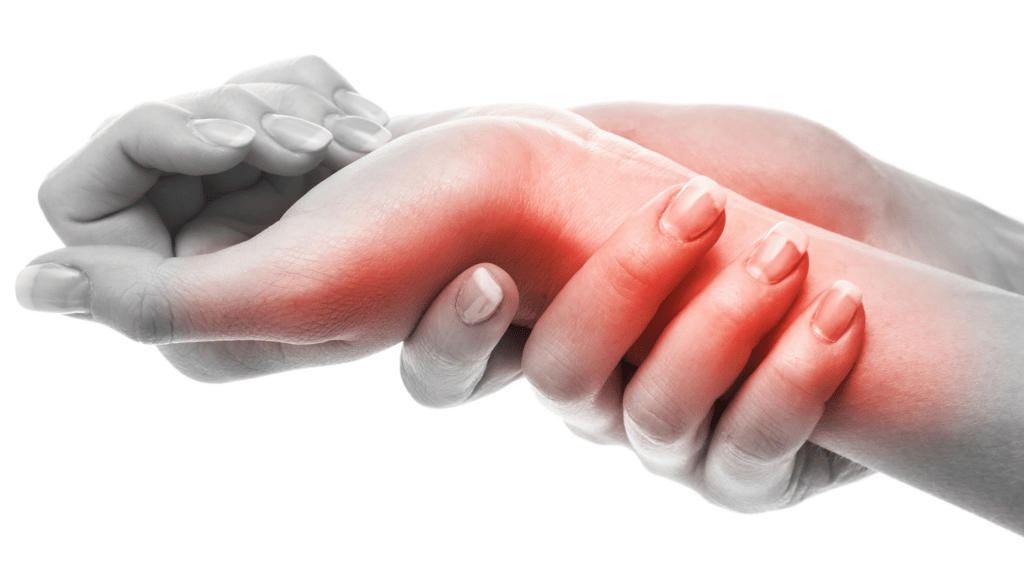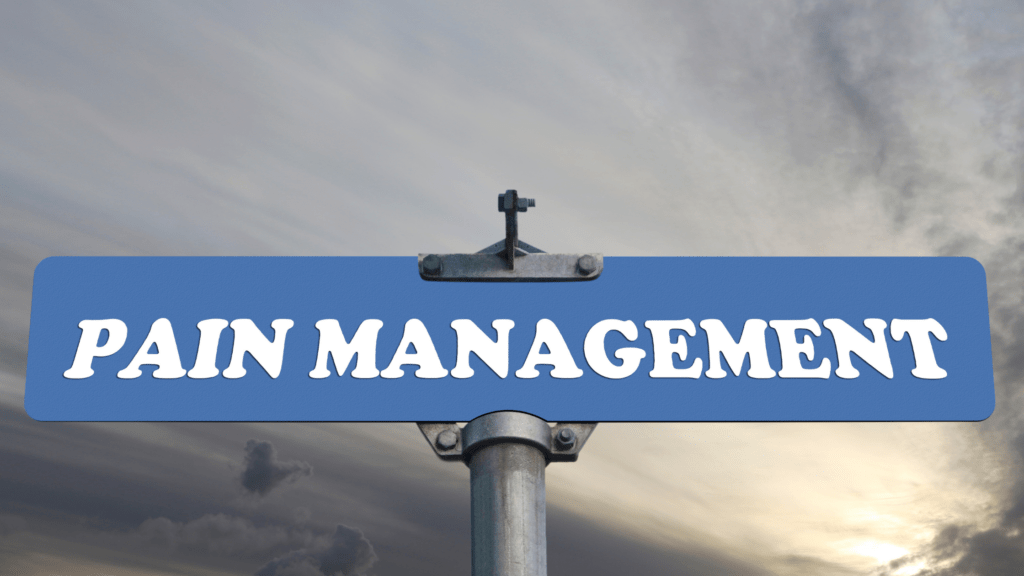Pain is a universal human experience. Whether it’s a mild discomfort or debilitating agony, managing pain effectively is crucial for maintaining overall well-being and quality of life. Pain management encompasses various strategies aimed at alleviating or reducing pain intensity, improving physical function, and enhancing emotional well-being. In this article, we’ll delve into the intricacies of pain management, exploring its types, causes, methods, challenges, and future prospects.
Introduction
Pain management refers to the medical specialty dedicated to easing the suffering and improving the quality of life for individuals experiencing pain. It encompasses a multidisciplinary approach that integrates pharmacological, interventional, psychological, and physical therapies to address pain effectively.
Types of Pain
Acute Pain
Acute pain typically arises suddenly and is usually associated with a specific injury or illness. It serves as a warning sign that something is wrong and often resolves once the underlying cause is treated.
Chronic Pain
Chronic pain persists for an extended period, often beyond the expected healing time. It can be challenging to manage and may significantly impact daily life, leading to emotional distress and reduced functionality.

Causes of Pain
Pain can stem from various sources, including:
- Injuries: Traumatic injuries such as fractures, sprains, and strains can cause acute or chronic pain.
- Medical Conditions: Conditions like arthritis, fibromyalgia, and neuropathy can result in persistent pain.
- Surgical Procedures: Post-operative pain is common following surgeries and may require tailored management strategies.
Importance of Pain Management
Effective pain management is vital for several reasons:
- Enhances Quality of Life: By alleviating pain and discomfort, individuals can engage in daily activities more comfortably, leading to an improved overall quality of life.
- Improves Functionality: Pain management techniques help restore physical function, enabling individuals to perform essential tasks and maintain independence.
Methods of Pain Management
Medications
Pharmacological interventions include analgesics, anti-inflammatory drugs, opioids, and adjuvant medications. These aim to alleviate pain by targeting its underlying mechanisms.
Physical Therapy
Physical therapy techniques such as exercise, manual therapy, and modalities like heat and cold therapy can help reduce pain, improve mobility, and enhance strength and flexibility.

Alternative Therapies
Complementary and alternative therapies such as acupuncture, chiropractic care, massage therapy, and mindfulness-based practices offer non-pharmacological approaches to pain management.
Challenges in Pain Management
Managing pain effectively presents several challenges, including:
- Side Effects of Medications: Some pain medications can cause adverse effects such as nausea, dizziness, and addiction, requiring careful monitoring and management.
- Access to Healthcare: Limited access to healthcare services, particularly in underserved communities, can hinder individuals’ ability to receive timely and adequate pain management.
- Psychological Impact: Chronic pain often takes a toll on mental health, leading to depression, anxiety, and social isolation, which complicates treatment.
Strategies for Effective Pain Management
To address the complexities of pain management, healthcare providers employ various strategies, including:
- Multidisciplinary Approach: Collaborative care involving physicians, physical therapists, psychologists, and other specialists ensures comprehensive assessment and tailored treatment plans.
- Individualized Treatment Plans: Recognizing that pain manifests differently in each individual, personalized treatment plans account for factors such as pain severity, underlying conditions, and patient preferences.
- Holistic Approaches: Integrating complementary therapies and lifestyle modifications alongside conventional treatments promotes holistic healing and enhances overall well-being.
Pain Management for Specific Conditions
Pain management strategies may vary depending on the underlying condition:
- Arthritis: Management of arthritis pain often involves a combination of medications, physical therapy, joint protection techniques, and lifestyle modifications.
- Cancer: Palliative care focuses on alleviating cancer-related pain through medication adjustments, radiation therapy, nerve blocks, and supportive care services.
- Post-Surgical Pain: Enhanced recovery protocols aim to minimize post-operative pain using a multimodal approach, including regional anesthesia, analgesic medications, and early mobilization.
Future of Pain Management
Advancements in pain management hold promise for improved outcomes and patient satisfaction:
- Advancements in Technology: Innovations such as neuromodulation devices, virtual reality therapy, and wearable sensors offer novel approaches to pain relief and monitoring.
- Personalized Medicine: Precision medicine techniques, including genetic testing and biomarker analysis, enable tailored treatment strategies based on individual characteristics and pain mechanisms.
Talent Management: Nurturing Success Within Organizations

Conclusion
In conclusion, effective pain management is essential for enhancing quality of life, improving functionality, and mitigating the physical and psychological burdens associated with pain. By adopting a multidisciplinary approach, individualizing treatment plans, and embracing holistic strategies, healthcare providers can optimize outcomes and empower individuals to live well despite pain.
FAQs
- **How common is chronic pain? Chronic pain affects millions of people worldwide, impacting their daily lives and overall well-being.
- **Are opioids the only option for managing severe pain? While opioids are effective for severe pain, they come with risks of addiction and side effects. Healthcare providers may explore alternative treatments or combination therapies to minimize opioid use.
- **Can psychological interventions help with pain management? Yes, psychological interventions such as cognitive-behavioral therapy (CBT) and mindfulness-based stress reduction (MBSR) have been shown to effectively reduce pain intensity and improve coping skills.
- **What role does exercise play in pain management? Regular exercise can help alleviate pain by strengthening muscles, improving flexibility, and releasing endorphins, the body’s natural painkillers.
- **How can I advocate for better pain management? Educate yourself about different pain management options, communicate openly with your healthcare provider about your pain experiences and preferences, and advocate for equitable access to comprehensive pain care services.
